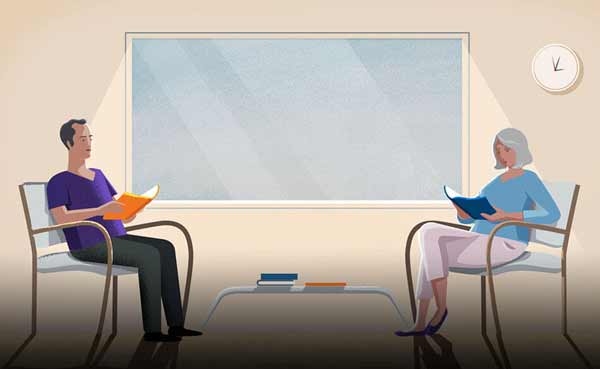
For all the Right Reasons
Reducing your risk of stroke is only part of the story.
"I've got a new lease on life that I never imagined would be possible."
Ingrid Lenz, WATCHMAN recipient
WATCHMAN FLX and Non‑Valvular AF
WATCHMAN FLX is for people with non-valvular atrial fibrillation who need an alternative to oral anticoagulants (OAC) to reduce their stroke risk.

A blood clot that travels to the brain can cause a stroke
The WATCHMAN FLX Option
If you’ve been diagnosed with non-valvular atrial fibrillation and you need an alternative to the AF treatment, find out about this one-time procedure.
WATCHMAN FLX is for people with atrial fibrillation not caused by a heart valve problem who need an alternative to oral anticoagulants. This website is intended to provide patients and caregivers with some information about the WATCHMAN FLX Implant. It may help prepare you for talking to your doctor about your options for reducing stroke risk.
CAUTION: The law restricts these devices to sale by or on the order of a physician. Indications, contraindications, warnings and instructions for use can be found in the product labeling supplied with each device. Information for the use only in countries with applicable health authority product registrations.
Content of this website is for Information Purposes only and not meant for product promotion or medical diagnostic. This information does not constitute medical or legal advice, and BSC makes no representation or warranty regarding this information or its completeness, accuracy or timeliness.
Accordingly, BSC strongly recommends that you consult with your physician on all matters pertaining to your health or to address any questions.
References
- Fauchier L, Philippart R, Clementy N, et al. How to define valvular atrial fibrillation? Arch Cardiovasc Dis. 2015;108:530-539.
- Molteni M, Polo Friz H, Primitz L, et al. The definition of valvular and non-valvular atrial fibrillation: results of a physicians’ survey. Europace. 2014;16:1720-1725.
- Cleveland Clinic. Atrial fibrillation (Afib). http://my.clevelandclinic.org/services/heart/disorders/arrhythmia/atrial-fibrillation-afib. Published May 2015. Accessed August 25, 2016.
- Harvard Health Publications. Atrial fibrillation. http://www.health.harvard.edu/heart-health/atrial-fibrillation-common-serious-treatable. Harvard University Medical School. Published November 2011. Accessed August 25, 2016.
- National Stroke Association. Making the Afib-Stroke Connection. https://www.stroke.org/sites/default/files/resources/Afib-Connection%20for%20hcp.pdf. Published 2012. Accessed September 1, 2016



